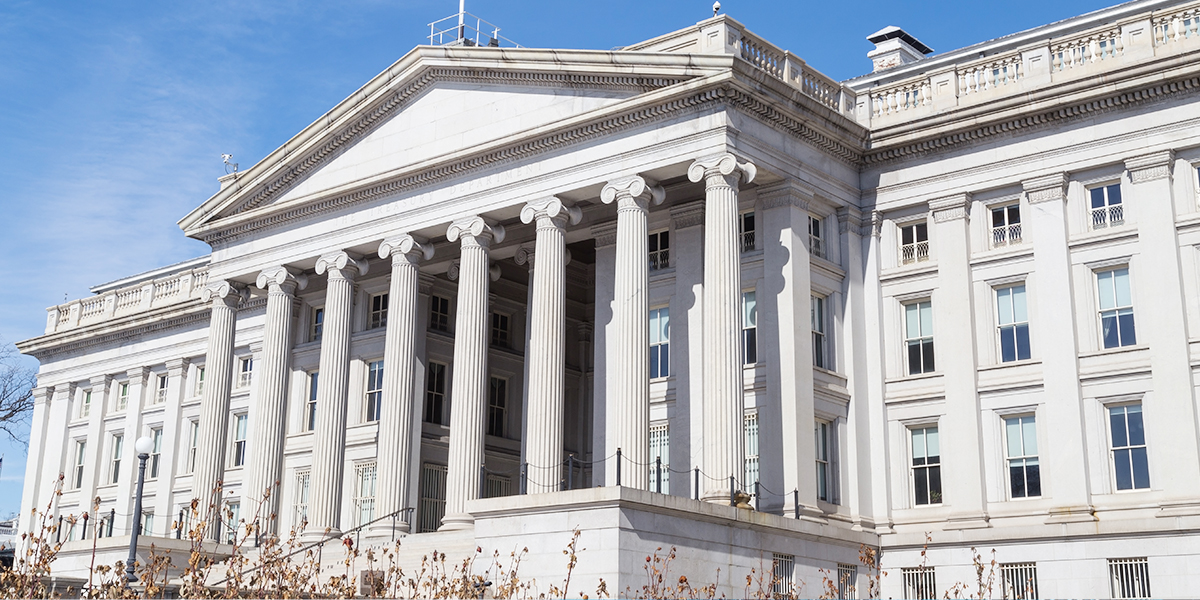
Stocks bounced and yields fell on the growing prospects for rate cuts in the near term.
The Federal Open Market Committee (FOMC) voted to leave the Federal funds rate unchanged at a target range of 5.25%-5.50%, but hinted rate cuts are on the horizon. The opening paragraphs in the statement saw a few adjustments; Its description of the labor market softened, noting that job gains have moderated, and that the unemployment rate has moved up recently, but remains low. Furthermore, it mentioned that inflation remains “somewhat” (a new addition) elevated and elected to swap “some” with “modest” in describing further progress towards the committee’s 2% goal.
Elsewhere, it noted that risks to achieving its dual mandate continue to move into better balance and, for this first time this cycle, stated the Committee is focused on both its maximum employment and price stability mandate, whereas previous statements only noted the explicit, and almost myopic, focus on inflation risks. On balance, the statement leaned dovish and bolster expectations for a September rate cut. Indeed, during the press conference Federal Reserve (Fed) Chairman Jerome Powell acknowledged if the data continues to progress as expected, it’d be appropriate to begin cutting rates at the September meeting.
The focus on the balance of risks was apparent, and there are reasons why the committee feels more confident in inflation coming down given the progress shown in the second-quarter data. Headline personal consumption expenditures (PCE) inflation fell to 2.5% year-over-year in June, down sharply from a peak of 7.1% two years ago, with higher-frequency data suggesting inflation could resume its decline over the rest of the summer. Chairman Powell also highlighted the broadness and quality of recent disinflation in sectors like housing and other services, which can allow the Fed to be slightly less focused on inflation and more attentive to growth and labor market risks.
Stocks bounced and yields fell on the growing prospects for rate cuts in the near term. We expect the Fed will cut rates in September and December, followed by four 25 basis point reductions next year.
That said, the Fed will remain patient and the rapid rotation in markets over the past few weeks into styles and sectors that would benefit most from lower interest rates such as small cap equities may be overblown. Importantly, the first few rate cuts should provide less restriction on the economy, not more accommodation. As such, investors should focus on quality within equities and leg into duration as the Fed starts to cut interest rates.